Protection of forest biodiversity is important not only for the nature, but also for people
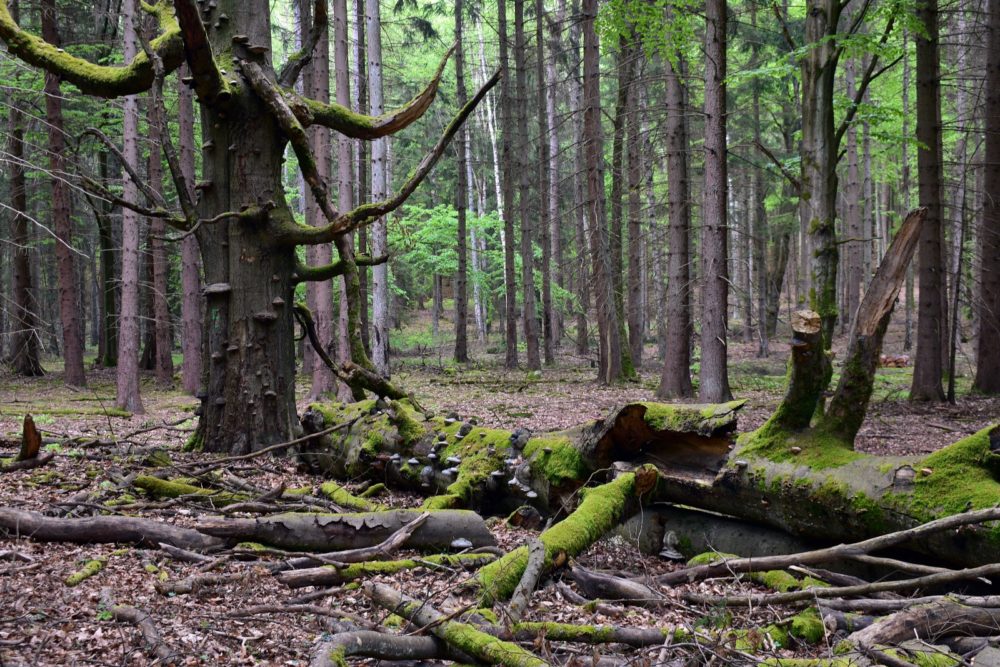 Biodiversity includes the diversity of life at all its levels, from genes, through species of organisms, to the variety of ecosystems and ecological relationships. In addition to the intrinsic value of life and its diversity, biodiversity is clearly indispensable for human existence. Therefore, it is therefore necessary to protect it for several reasons, including anthropocentric ones. About 80% of all terrestrial species of organisms live in forests, so they are a key carrier of terrestrial biodiversity.
Biodiversity includes the diversity of life at all its levels, from genes, through species of organisms, to the variety of ecosystems and ecological relationships. In addition to the intrinsic value of life and its diversity, biodiversity is clearly indispensable for human existence. Therefore, it is therefore necessary to protect it for several reasons, including anthropocentric ones. About 80% of all terrestrial species of organisms live in forests, so they are a key carrier of terrestrial biodiversity.
Photo: Preservation of dead wood in commercial forests is important for the protection of forest biodiversity
In Central Europe, there is considered, as the main reason for the biodiversity threat, the replacement of forest stands with a natural tree species composition by intensively cultivated monocultures of commercial trees of the same age, especially Norway spruce and Scots pine stands, being harvested by clear-cutting.
Other significant factors caused by management are the lack of various forms of dead wood biomass (dead wood), old and biotope trees, the elimination of the light forest environment, and the removal of the so-called biological heritage of natural disturbances by incidental logging.
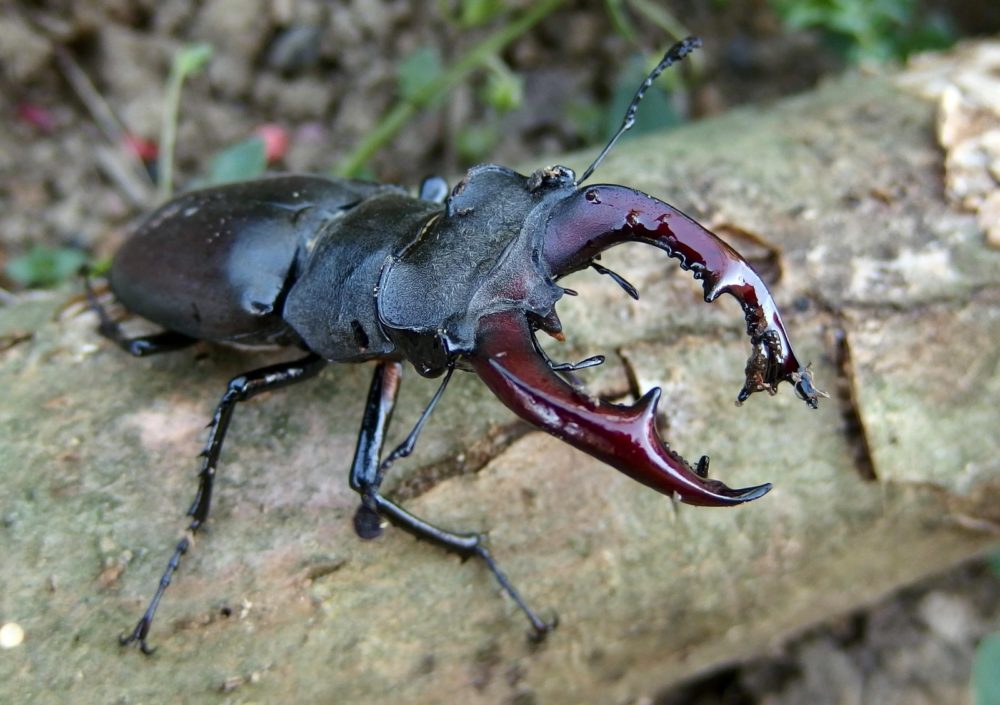 Photo: Stag beetle (Lucanus cervus), an important saproxylic species, living in hollows of old trees and in dead stumps; their removal also destroys its natural environment and source of livelihood. Its population is not only decreasing but also populations of other species of beetles living in the same environment. So, the stag beetle is thus on the world’s list of endangered species.
Photo: Stag beetle (Lucanus cervus), an important saproxylic species, living in hollows of old trees and in dead stumps; their removal also destroys its natural environment and source of livelihood. Its population is not only decreasing but also populations of other species of beetles living in the same environment. So, the stag beetle is thus on the world’s list of endangered species.
Scientists from the Czech University of Life Sciences in Prague defined factors important for the protection of forest biodiversity, on the base of an extensive set of literary works study. They published their results in the paper Key factors for forest biodiversity protection in Central Europe: Review (Klíčové faktory pro ochranu lesní biodiverzity ve střední Evropě), which was published in the Reports of Forestry Research 2/2023.
Based on their focus and outputs, the scientists divided the studied publications into the following basic areas: climate change; woody composition; forest management intensity; the phenomenon of the old forest and its structures including dead wood; succession; the light forest phenomenon and traditional management; segregation and integration.
As the authors emphasize, in its analysis, forestry practice should strive to end the cultivation of bare-harvested monocultures as the most prominent form of intensive management applied for hundreds of years.
 Photo: Dead trees create important landscape micro-habitats for the life of a whole range of organisms
Photo: Dead trees create important landscape micro-habitats for the life of a whole range of organisms
In practice, it is necessary to pay attention to the restoration of the varied tree species composition, the protection of old forests and their structures, as well as the restoration of the light forest environment, and the renaissance of historical forms of management. Foresters should strive to mix forest stands both at the stand and landscape level.
For the protection of biodiversity, it makes demonstrable sense to increase the representation of deficient tree species both by their scattered introduction into economic monocultures and by efforts to preserve and create entire stands with a natural tree species composition. Natural regeneration and succession, rather than artificial planting, should be the primary tool in these efforts.
Scientists rather do not recommend the use of introduced tree species to strengthen biodiversity because of the risks that such a step poses for forest communities. In the context of climate change, however, in some cases, the use of introduced tree species can be discussed as an adaptation measure, for example for tree species living further south, whose spontaneous termination of migration is likely due to global warming.
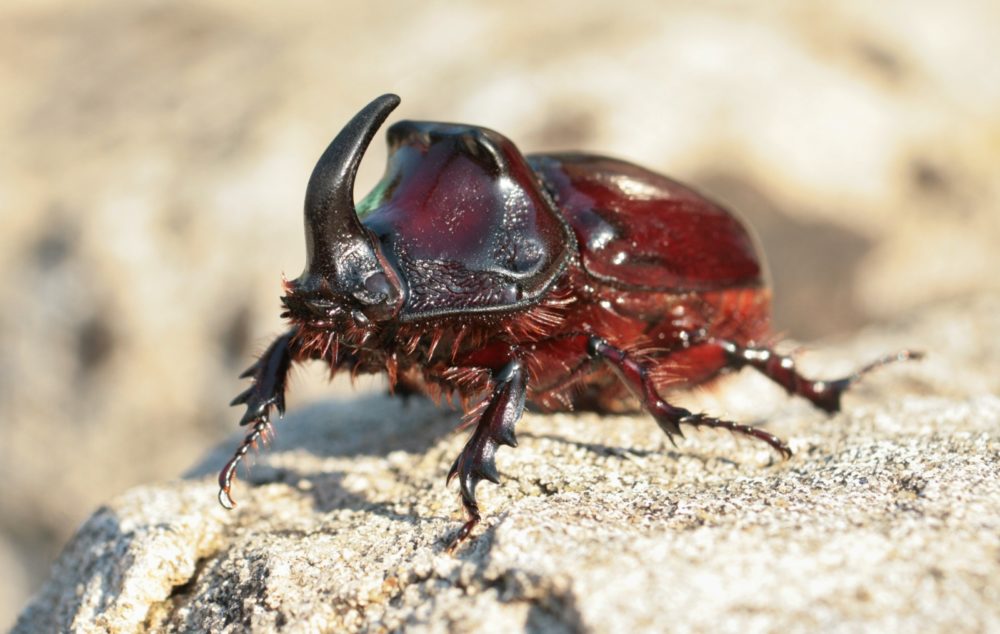 Photo: Rhinoceros beetle (Oryctes nasicornis), its larvae live in touchwood, threatened
Photo: Rhinoceros beetle (Oryctes nasicornis), its larvae live in touchwood, threatened
Not only is the composition of tree species important for forest biodiversity, but also the structural complexity of the forest environment. Related to this, it is the necessary protection of the old forest, both the protection of preserved old forests and primeval forests; and the preservation and support of their typical structural elements in commercial forests.
For biodiversity, the existence of old and massive trees, on which microhabitats increase with increasing age and size, is essential. Furthermore, different forms of deadwood are essential, of which dimensional and sunlit deadwood are particularly important. Continuity in time and space is essential.
The structural diversity of the environment is significantly related to the effects of natural disturbances (both abiotic and biotic) and their so-called biological heritage. Natural disturbances of forest stands, including large-scale disturbances, are common in the Northern Hemisphere and fundamentally affect forest biodiversity. Natural disturbances caused by wind, storms, frost, snow, fires, bark beetles, etc. create important micro-habitats and ensure the structural diversity of the environment.
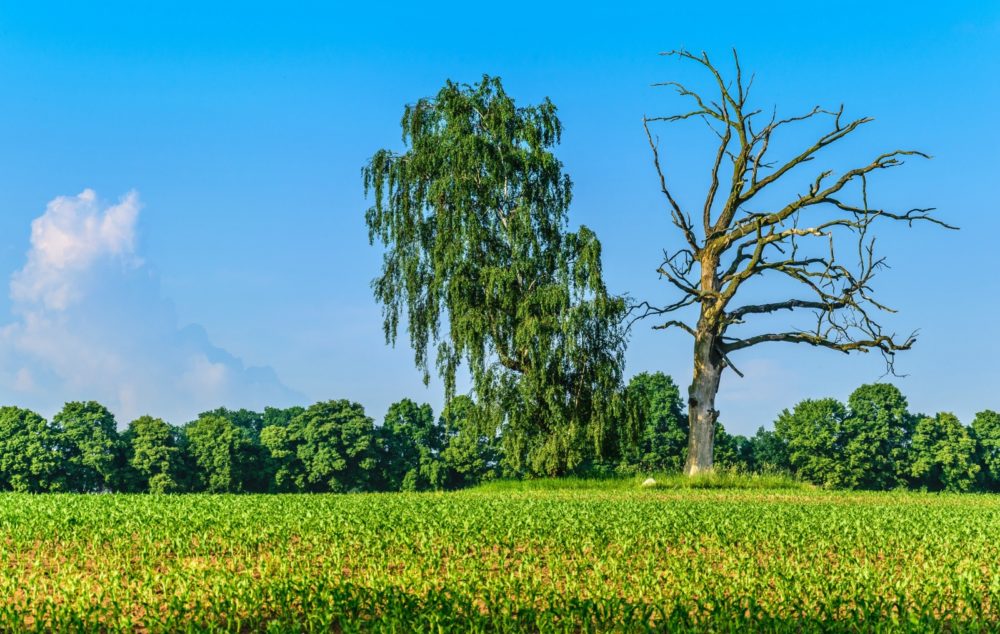 In Central European forests of medium and higher altitudes, simply in beech and spruce stands, a primarily mixed regime was found in terms of the severity of disturbances, characterized by more numerous small-scale disturbances, supplemented in larger time intervals by events of a more serious scale.
In Central European forests of medium and higher altitudes, simply in beech and spruce stands, a primarily mixed regime was found in terms of the severity of disturbances, characterized by more numerous small-scale disturbances, supplemented in larger time intervals by events of a more serious scale.
Forest management that takes into account the protection of biodiversity, should imitate this mode of natural disturbances during harvesting, for example by combining individual and group selection or by irregular thinning, in different lengths of clearing, including very long intervals on parts of the forest.
At the same time, it is necessary to leave important structural elements in the ecosystem (trees to survive, dead wood, etc.) and to respect all successive stages, especially late and early ones, on the intermingling of which a large part of biodiversity depends.
In lower elevations, in oak forests and floodplain forests, there should be a renaissance of traditional (historical) forms of management, especially felling (low-cut – and medium-sized forest) or forest pastures, which, due to long-term human settlement, can be considered as part of the dynamics of lowland forests.
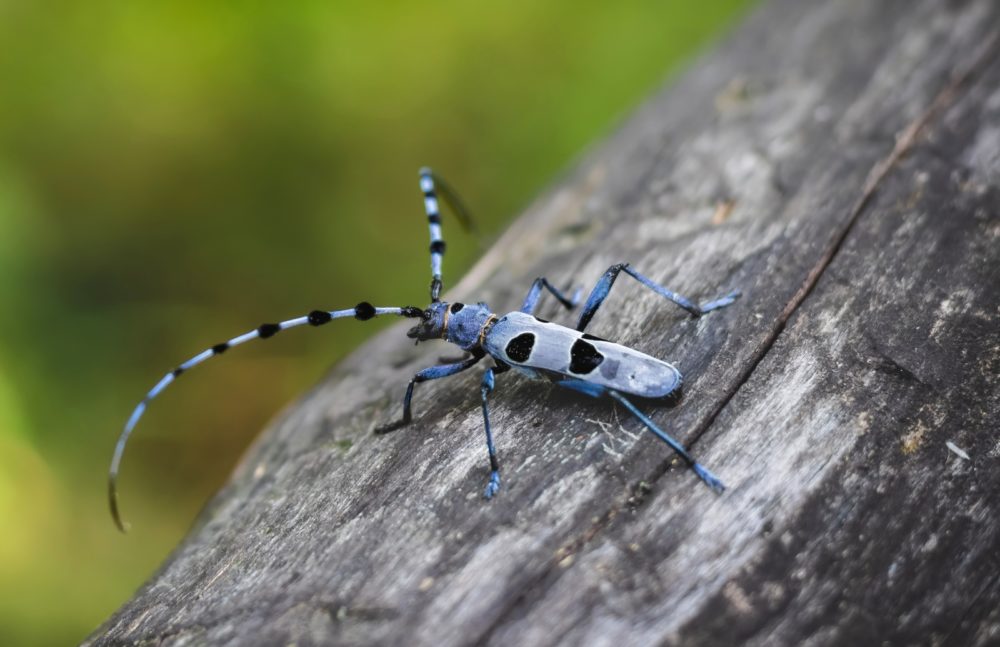 Photo: Alpine woodpecker (Rosalia alpina), its most numerous populations are attached to original old forest stands with freshly fallen or dying beech trees.
Photo: Alpine woodpecker (Rosalia alpina), its most numerous populations are attached to original old forest stands with freshly fallen or dying beech trees.
Traditional management is a widely recommended tool to restore the light forest environment, which is essential for a large part of the forest biota. To increase efficiency for thermophilic and light-demanding species, its application on south-facing slopes is recommended. When felling, it is necessary to remember to preserve dead wood for saproxylic species. Additional tools to support the light forest are the creation of clearings and suitably adjusted maintenance of overhead power line corridors, for example by stump cutting or grazing instead of surface milling.
Nature reserves are essential for the most endangered species of organisms, but their role must be supported and complemented by proper management in commercial forests. Mountain forests are especially suitable for a non-intervention regime, as they show a high degree of resistance and orientation towards a diversified environment both after the end of management and after disturbances.
The importance of the effects of natural disturbances and the scale of successional stages for biodiversity, it is a basic starting point in the case of large-scale disturbances of the commercial forests of Central Europe. If forest management is to take into account forest biological diversity, it must leave the resulting dry stands in suitable places and enable secondary succession on significant parts of disturbed areas.
The paper Key factors for forest biodiversity protection in Central Europe: Review (Klíčové faktory pro ochranu lesní biodiverzity ve střední Evropě) can be downloaded here.
Author of paper: Petr Kjučukov, Czech University of Life Sciences in Prague, Faculty of Forestry and Wood Technology (ČZU v Praze, Fakulta lesnická a dřevařská), e-mail: kjucukov@fld.czu.cz
According to the paper prepared by Ing. Jan Řezáč, e-mail: rezac@vulhm.cz
